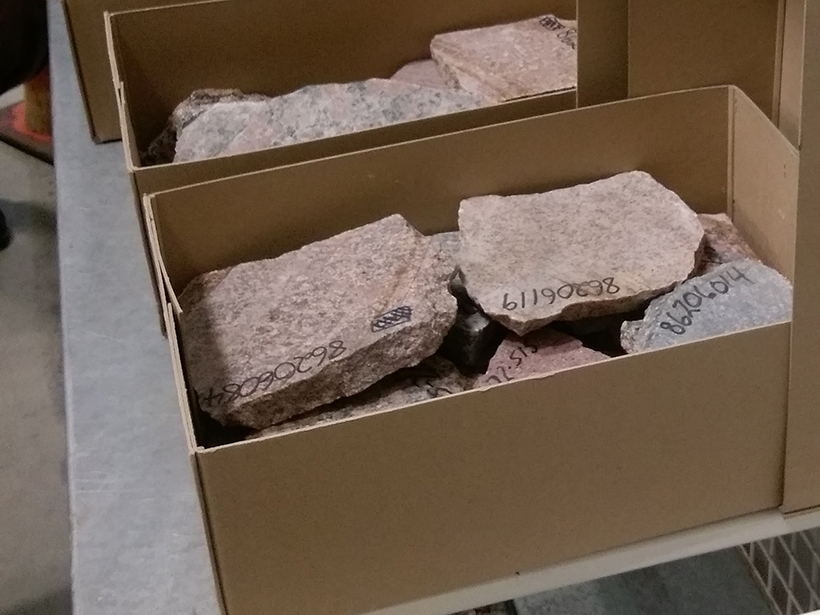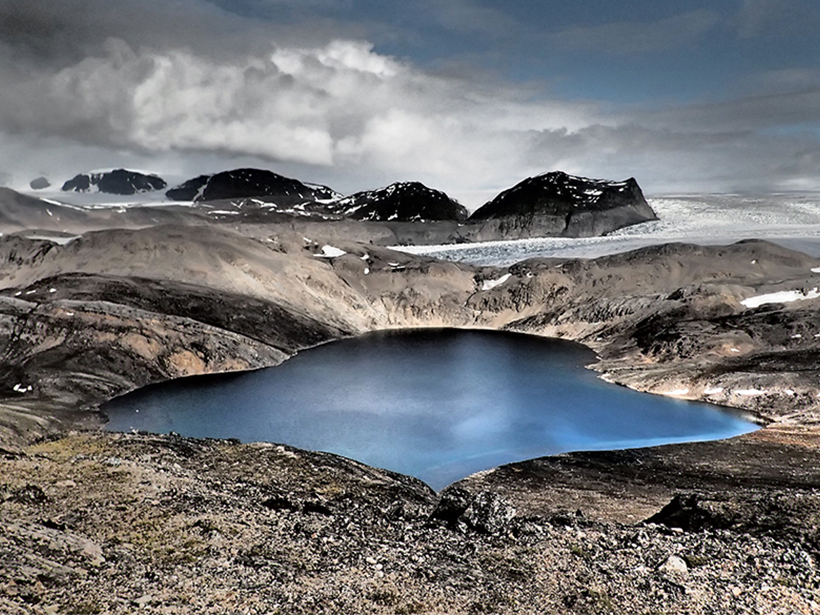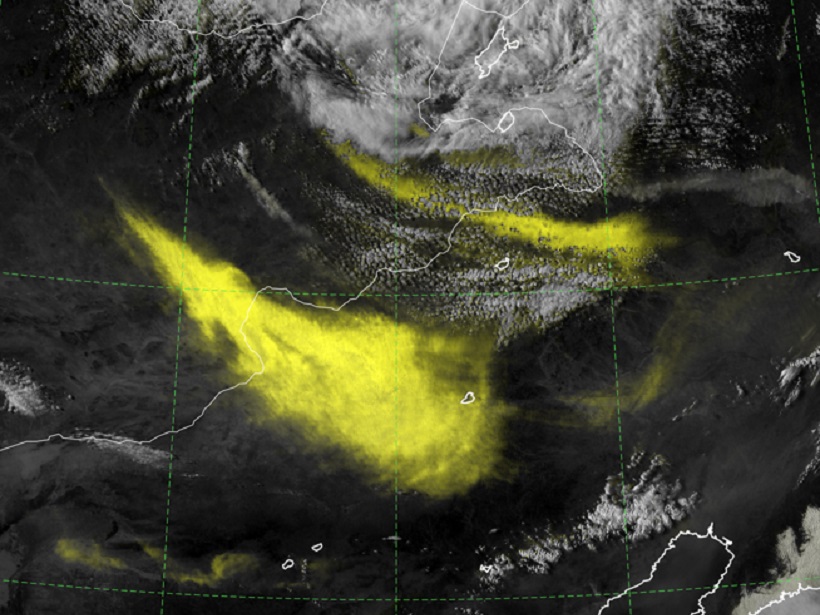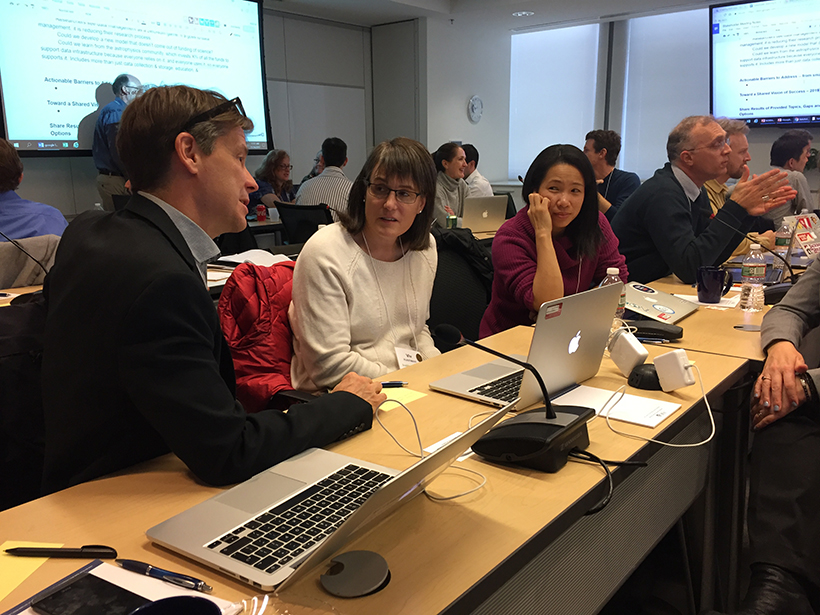International Symposium on Linking Environmental Data and Samples; Canberra, Australia, 29 May to 2 June 2017
data management
Linking Instrumental and Proxy Data Climate Records
Treatment of the Climatic Signal in Time and Space: From Instrumental and Proxy Data to Modelling; Rouen, France, 18–20 April 2017
Addition by Subtraction: Raising the Bar for Satellite Imagery
When it comes to forecaster analysis of complex satellite imagery, less can be more, and a new technique aims to simplify imagery interpretation by suppressing the background noise.
Eric F. Wood Receives 2017 Robert E. Horton Medal
Eric F. Wood was awarded the 2017 Robert E. Horton Medal at the American Geophysical Union Fall Meeting Honors Ceremony, held on 13 December 2017 in New Orleans, La. The medal is for “outstanding contributions to hydrology.”
Hurricanes Expose Vulnerabilities in Puerto Rico Seismic Network
Could overreliance on cell networks to transmit data leave instruments in the dark after the next storm hits?
New Model Predicts Lightning Strikes; Alert System to Follow
Data from thousands of past storms help guide a new forecast model that predicts where and when lightning may hit.
Enabling FAIR Data Across the Earth and Space Sciences
Data experts from publishers, repositories, and other organizations met last month to kick off a project to promote open and Findable, Accessible, Interoperable, and Reusable (FAIR) data principles.
Incorporating Observatory Data into Oceanography Courses
OOI Teaching with Data Workshops; New Brunswick, New Jersey, 19–21 May 2017 (chemistry) and 2–4 June 2017 (geology)
Examining our Eyes in the Sky
A recent paper in Reviews of Geophysics explored the challenges of validating data collected from Earth observation satellites.
A Survey of Solar Radio Burst Statistics
National solar radio archive records have substantial missing data potentially affecting the ability to benchmark extreme solar events.









